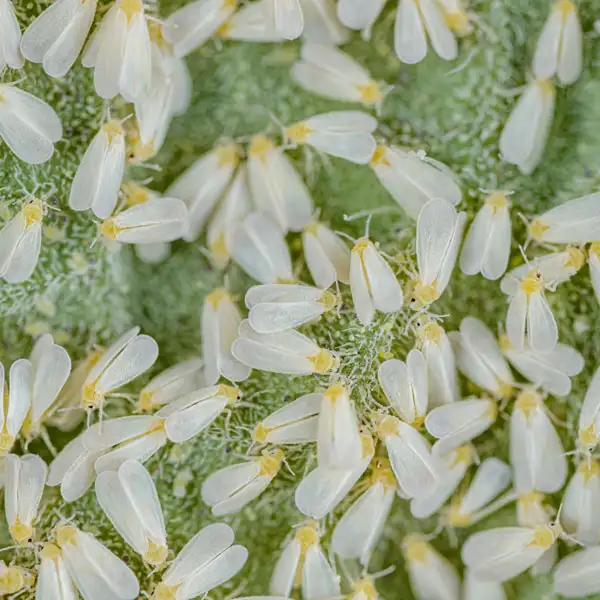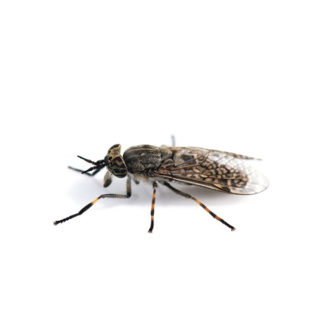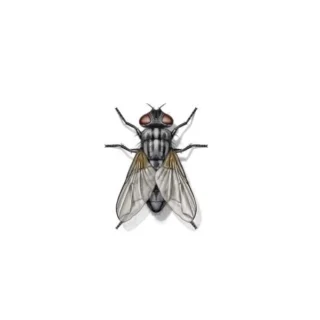Whiteflies in Kailua Kona
Whiteflies are tiny insects that feed on plant sap and take flight when the plants are disturbed. Despite their name, they are not true flies but are more closely related to scales, mealybugs, and aphids. The adult whiteflies get their name from the mealy white wax covering their wings and body. Although these pests are commonly associated with plants that grow in greenhouses, they can also be found on plants grown indoors. Whiteflies, at all stages of development, use their piercing-sucking mouthparts to feed on plant sap. While infested leaves may yellow and fall off, they typically do not cause the death of the plant. Disturbing infested plants can lead to the release of large swarms of winged adults.
Whitefly Habitat
Warm weather accelerates the development of whiteflies, and populations can rapidly build up in conditions where natural enemies are ineffective, and weather and host plants favor outbreaks. The undersides of leaves frequently harbor large colonies. Whiteflies feed on plant juices, releasing a sticky substance called honeydew. If left unattended, honeydew can trigger the development of fungal diseases on leaves. In warmer regions, whiteflies breed continuously, transitioning from one host to another as plants are harvested or dry up.
Whitefly Behaviors, Threats, or Dangers
Whiteflies are not for biting humans, but they do have piercing mouthparts that they employ to extract fluids from plants. The excretion of honeydew by whiteflies can result in sticky or mold-covered plant leaves. Ants are attracted to the honeydew, disrupting the activities of natural enemies that might control whiteflies and other pests. Both nymphs and adults damage plants by extracting juices from new growth, leading to stunted growth, leaf yellowing, and diminished yields. The feeding activities of whiteflies weaken plants, rendering them more susceptible to disease.If you are dealing with a whitefly issue on your property, contact your local fly exterminators.
Need help with Whitefly control?
Need Pest Control Service?
Leave your information below and we’ll be in touch with a FREE quote!
"*" indicates required fields
*During normal business hours. After hours calls will be returned the next business day.





